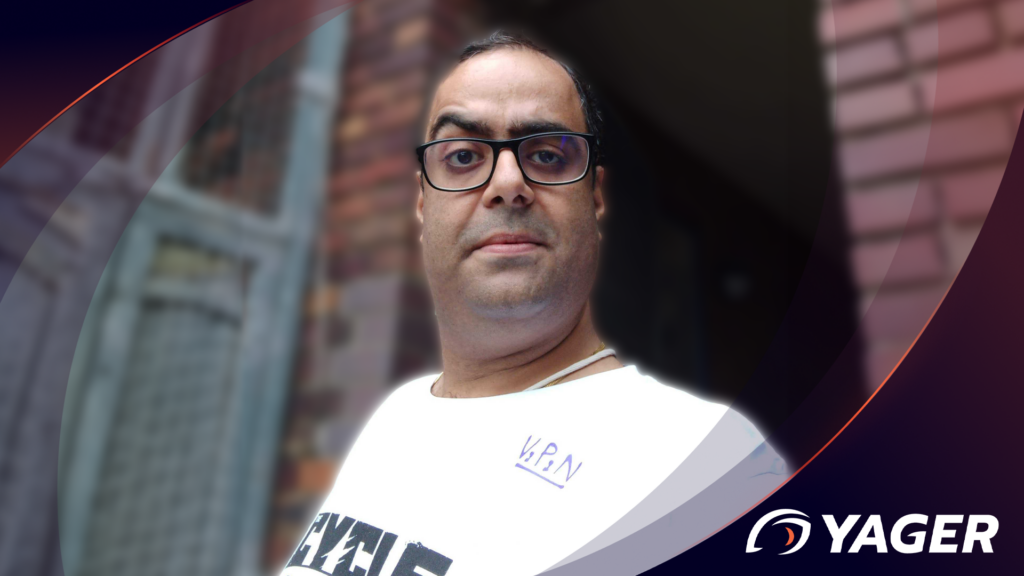In today’s blogpost our Quality Assurance Lead Vipin is talking about his 15-year journey and changes that happened in QA during that time. So let us listen to what he has to say:
The landscape of Video Game QA has evolved significantly since I first entered the field in 2009. Initially, it primarily involved identifying and rectifying bugs across various features and areas of the game. However, over time, it has become more specialized, with QA Testers focusing on specific aspects such as walkthrough, content, audio, collision, and more. Test plans have become increasingly elaborate, with a weighted emphasis on different facets of the game, dictated largely by the game’s design and unique selling points (USP).
An essential aspect of Video Game QA, as with all forms of QA, is the relationship with developers. This dynamic holds particular importance in Video Game QA, as QA serves as the first critical evaluation of the game. Reflecting on my journey from 2009, I initially found satisfaction in uncovering bugs for two simple reasons: it improved my performance reviews and provided a sense of fulfilment in discovering developers’ mistakes.
While these motivations initially drove my work, I came to realize they were not the right reasons for pursuing a career in Video Game QA.

As emphasized earlier, Video Game QA serves as the primary critic of the game. Many, me included, have reiterated the phrase: ‘A bug-free game does not necessarily equate to a fun game.’ In today’s expansive gaming landscape, where numerous avenues exist for game development and publication, a game’s enjoyment factor is fundamental to its commercial success.
As this realization dawned on me, my approach to QA evolved. I transitioned from merely identifying bugs to engaging with projects at a deeper level, studying game design intricacies, and often collaborating with designers to refine elements.
This shift in perspective proved beneficial not only to QA but also to developers, as QA’s insights into game design facilitated the identification of alternatives and solutions. By fostering a stronger connection with the game and understanding its design intricacies, QA could plan tests more efficiently, resulting in comprehensive coverage and saving time while enhancing game quality. With games becoming increasingly complex, it became imperative for QA to engage early in the design phase, leveraging tools and automation tests to ensure thorough test coverage.

As my journey in QA progressed, the relationship between QA and developers strengthened. Collaboration became central, leading to advanced problem-solving and a shared understanding that QA and developers are part of the same team. QA’s role expanded beyond bug identification to proactive bug prevention, providing feedback on the game’s enjoyment factor, and sharing both setbacks and successes with developers. QA transitioned from a mere bug reporter to an equal stakeholder in projects.
However, evolution does not end there. With rapidly evolving tech & tools, QA faces even greater challenges, which will further deepen the collaboration between QA and developers, fostering a shared vision for the game.
In summary, my 15-year journey in gaming reflects the evolution of Video Game QA and the transformation in my mind-set as a QA professional. While a lot more can be said about my journey, this evolution is the highlight of it all and I am curious about how it will shape me in the future.

